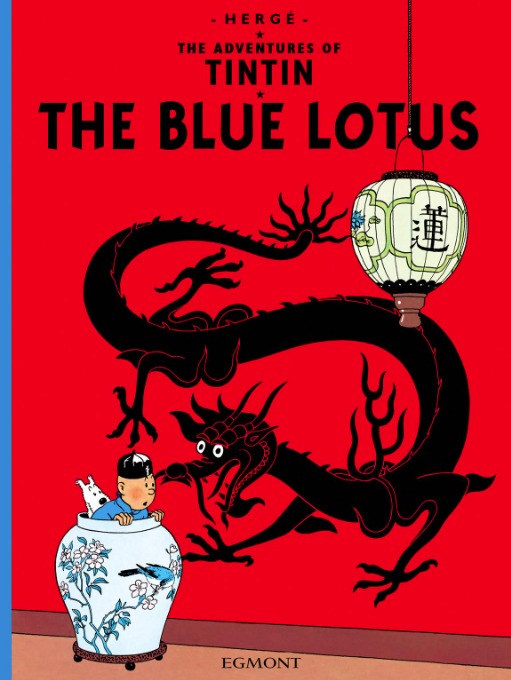

In Tintin’s fifth adventure Hergé gives his readers a first small but welcome taste of continuity and grander plot-structuring, starting the story with Tintin in India, and picking up some of the threads of the last adventure, Cigars of The Pharaoh. Whilst not quite as fully realised an idea as it will later become, this gently points the way to the later run of two-part adventures.
There’s also some continuity in terms of characters, with Rastapopoulos (who debuted in the previous adventure) reappearing, and two new characters who will recur later in Tintin’s adventures making their entry, namely Dawson (here police chief in the international settlement in Shanghai, and cropping up again later as an arms dealer in Red Sea Sharks), and Chang, who Tintin will search for in Tibet.
Whilst the artwork is still not Hergé’s best, it is improving (although the extensive redraws the series went through by Hergé and his team make this aspect harder to track accurately), as is his storytelling prowess. This said, he falls back on Tintin’s war against drug-smuggling again, as a central plot theme, but at least the transparently patched together episodic nature of his adventures in Africa and America is replaced by a more structured narrative.
Hergé’ and/or Tintin’s relationship to other races and cultures remains a little tricky in places, but he’s making improvements. Some black characters shown in frames depicting the League of Nations still resemble antiquated golliwogs (so not much different from his In The Congo stuff), and his portrayal of the Japanese is quite harsh. But he makes an effort, especially on page 43, to draw attention to the issue of cross-cultural understanding, in what looks now a rather heavy-handedly didactic series of frames in which Tintin and Chang discuss the inaccuracy of each other’s cultural stereotypes.
But all in all, the transformation from the ill-drawn, ill-scripted, patchily episodic propaganda of In The Land Of The Soviets to the much higher standards of The Blue Lotus is both massive, remarkable, and more or less complete. So much so in fact that by the time Hergé gets to his fifth instalment in what was to be 24 finished stories (not counting the unfinished Alph-Art), the series from then on would maintain a more less consistent level of excellence: after the sharp climb of the first five books, there would be a steady but gradual shallow slope of improvement.
Certainly a must for any serious Tintin-ophile, and arguably the first ‘classic’ adventure.
